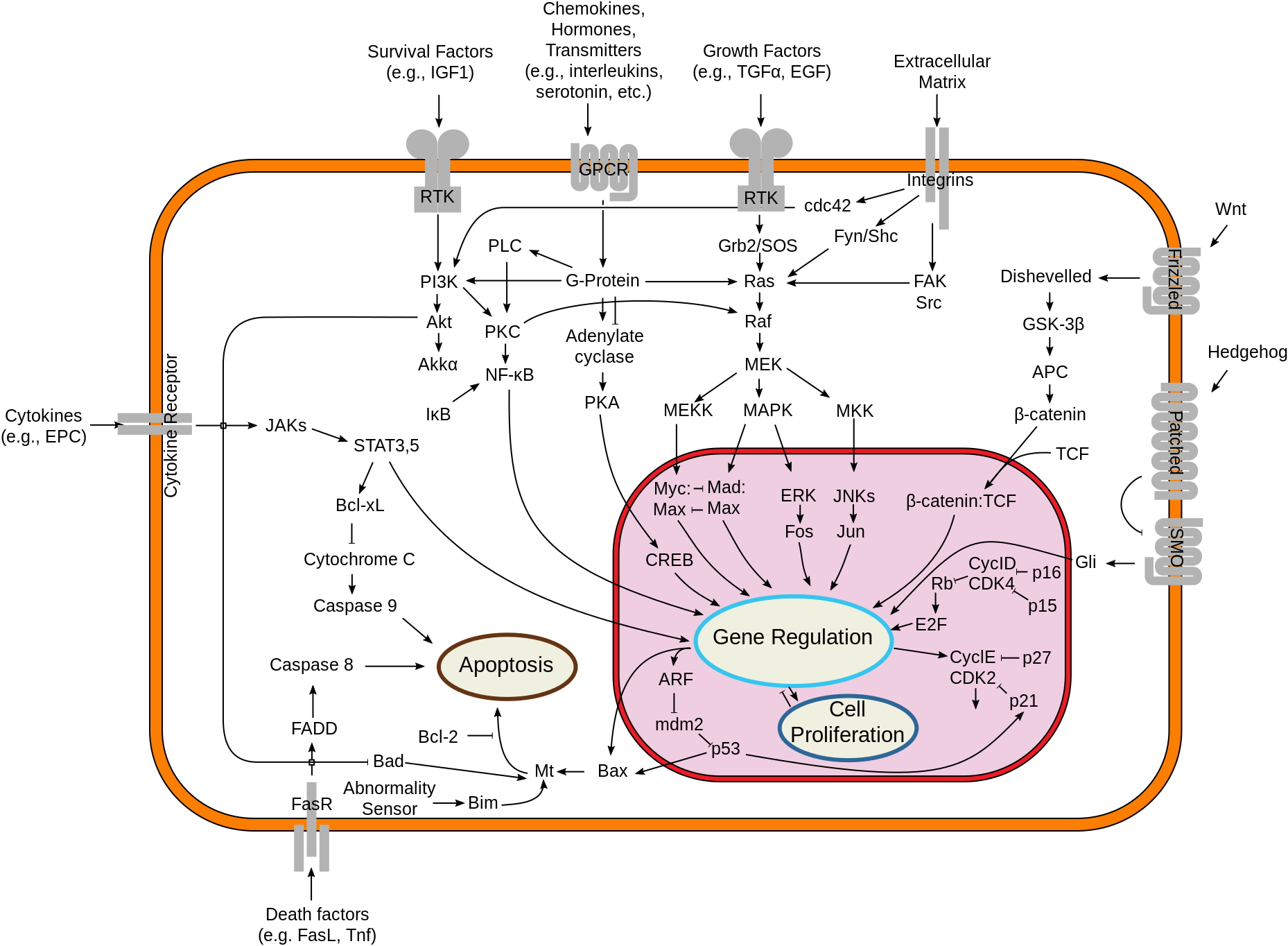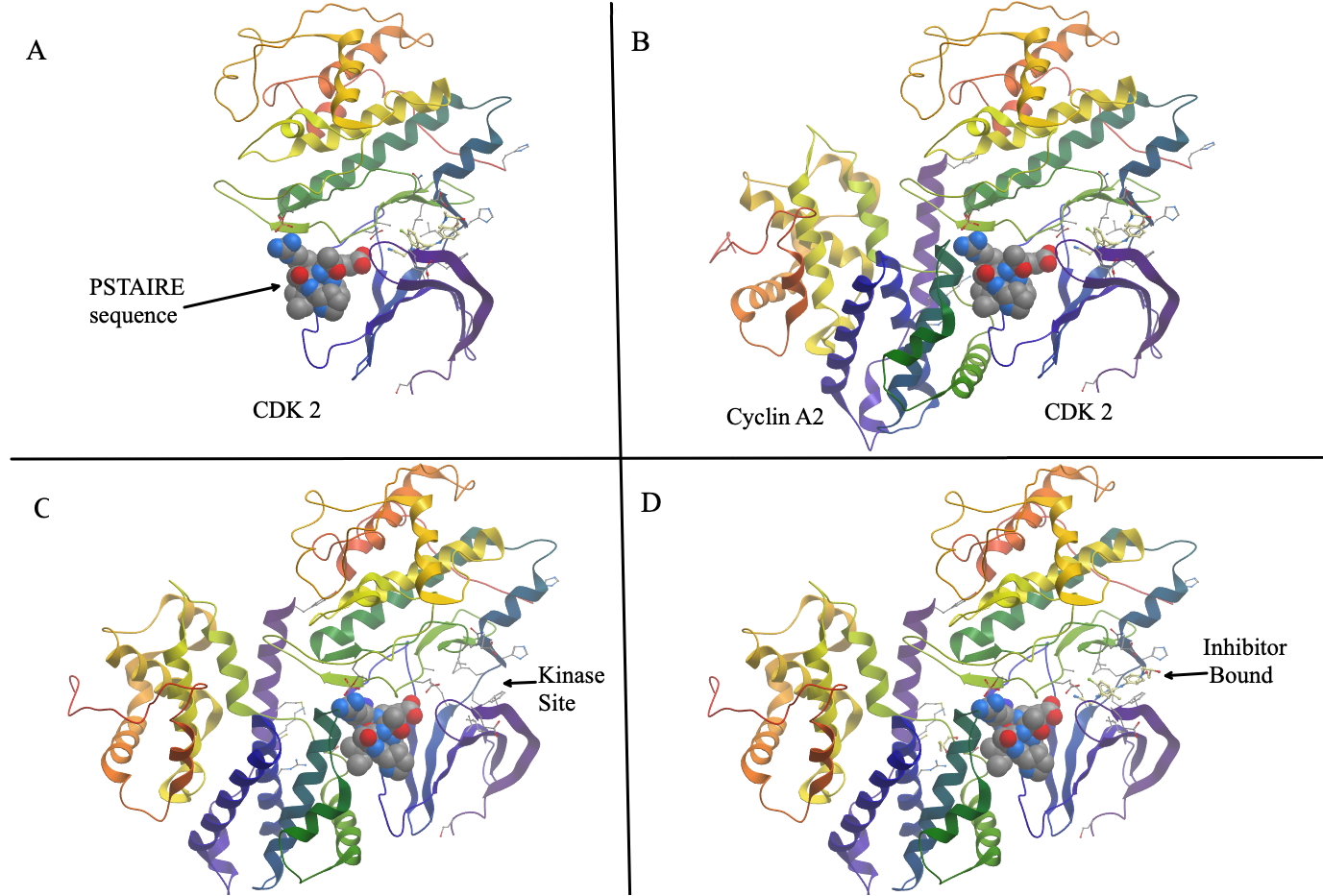Enzymes really are at the heart of how our bodies work. The brief definition is a "bio-catalyst." These are almost always proteins. They lower activation energy of a particular reaction and as such speed it up, both in the forward and backward direction. Almost all enzymes will be able to work either "backwards" or "forwards." Some are effectively one-directional because of large negative delta G0, for example involving ATP hydrolysis. But, even most of these can be reversed.
Enzyme function requires particular structures. Structures of proteins can be altered by the binding of other proteins or other smaller molecules, or the addition of a phosphate to the enzyme at a specific point, or the local pH or charge distribution…so, every step of enzyme function can be regulated.


